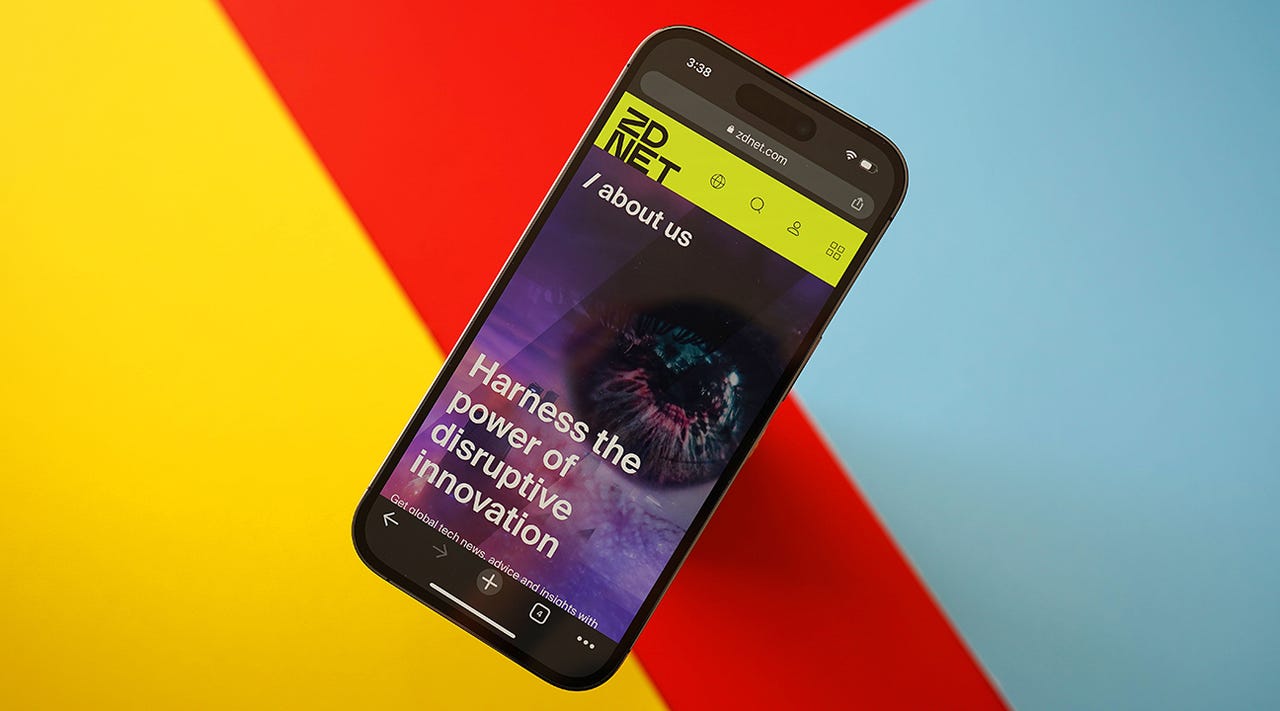Apple no longer requires a $99 account to access developer betas of iOS, MacOS, and other software

Earlier this month, Apple unveiled the latest versions of its most popular operating systems, including iOS 17 for iPhone, MacOS Sonoma for Macs, WatchOS 10 for Apple Watch, iPadOS 17 for iPad, VisionOS for Vision Pro, and more.
From WWDC in June to the end of the year, Apple typically opens up the early betas of these software platforms to developers for testing and, well, developing apps and services.
Also: Apple just released iOS 16.5.1 with security fixes
In order to get access to this kick-starter plan, there exists the Apple Developer Program, which charges a $99 annual fee. In turn, the company provides you with the latest developer tools, code-level support, analytics with App Store Connect, and, most importantly, app distribution on the App Store itself.
But one thing’s changed this year: There’s now a free tier for anyone to join. You’ll miss out on a chunk of the aforementioned benefits, but access to OS beta releases remains, meaning you, too, can test the latest features coming to Apple devices as they’re being developed and optimized. Here’s the full benefits list for both price tiers for you to compare.
My ZDNET colleague, Jason Cipriani, has already broken down the steps to enroll your iPhone into the latest iOS 17 developer beta, and the process is similar for other Apple devices.
To recap, you’ll first have to enroll your Apple ID into the Beta Software Program and agree to the terms and conditions. Then, turn off automatic updates on your iPhone by going to Settings > General > Software Update > Automatic Updates and toggling off the option. If you swipe back to the main Software Update page, you should now see a Beta Updates tab with the option to download the iOS 17 Developer Beta.
Also: Apple releases VisionOS SDK, developers can apply for Vision Pro hardware kit
Before you commit, I can’t emphasize enough the risks and drawbacks when installing early software. Ultimately, developer betas are meant for users to create and test apps and services on. You’ll experience bugs and issues in places you typically don’t, and battery life may take a noticeable hit.
So, it’s not advised that you install the software on a primary device. Instead, something from your drawer of used electronics or a secondary phone would be the ideal, safer bet.
For all the latest Technology News Click Here
For the latest news and updates, follow us on Google News.
